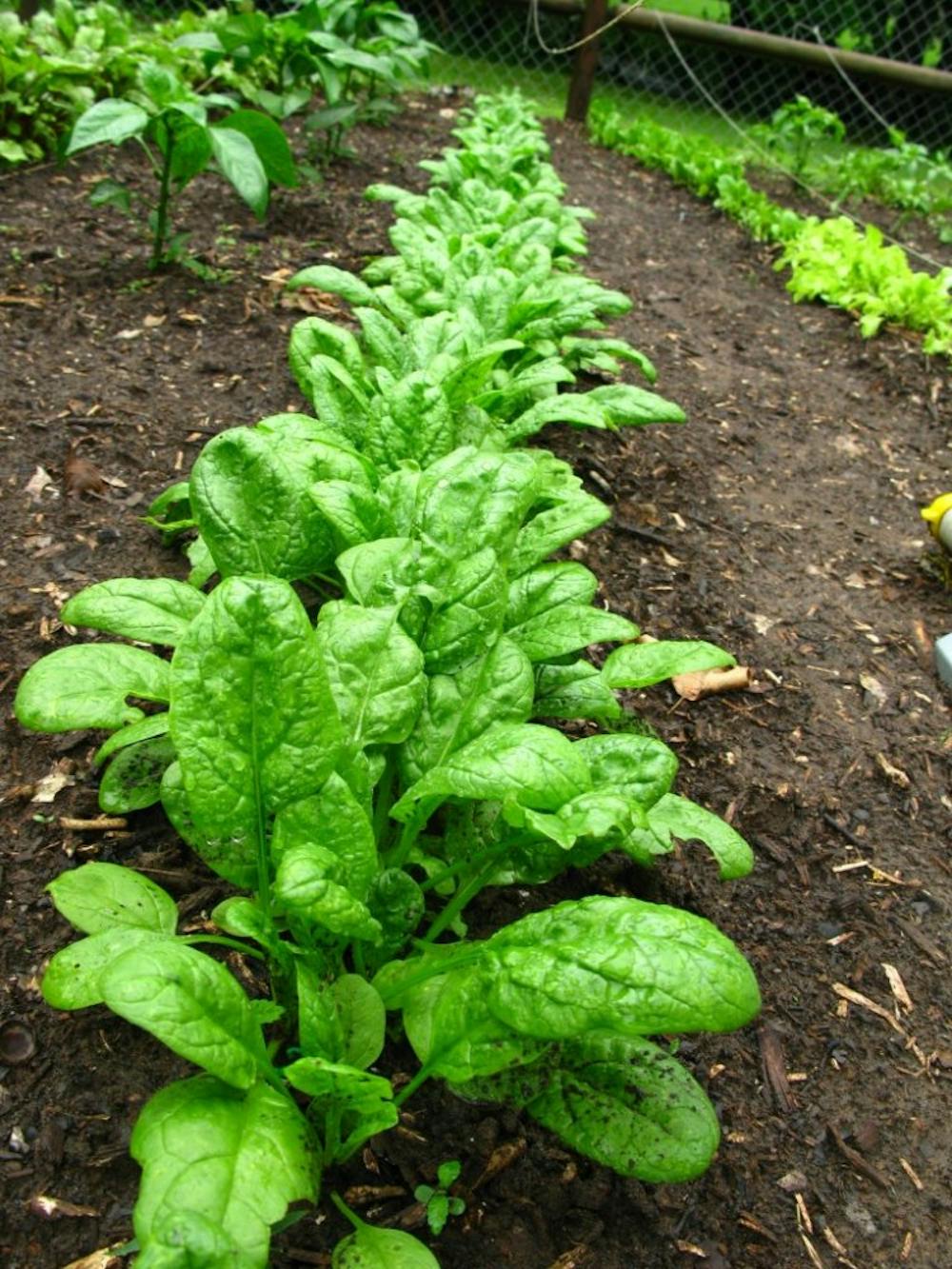In 1967, Dr. Christiaan Barnard performed the world’s first human heart transplant. Since then, organ transplants have continued to save millions of lives.
Despite the continued improvement of technology and medical advances, organ transplants are still highly invasive and run the risk of life-threatening rejections. Donors are also difficult to find, a harsh reality that renders even the most advanced transplant procedures useless.
Therefore, researchers have been experimenting with human tissue regeneration in the hopes of growing healthy tissues in recent years. Eventually, the hope is for full organs outside of the human body to be used in tissue and organ replacement.
If scientists can produce fully-functioning organs in the lab, the issues of physical rejection and donor scarcity would have a reduced negative impact on patients’ health.
But these researchers face a problem. Currently, human tissue regeneration takes place on the scale of small samples on cell culture petri dishes. For tissue regeneration to be truly useful in the context of medical implementation, researchers must design a method that allows for the growth and development of life-sized tissues and organs.
This presents one significant challenge in particular: how to create a vascular system that is at the same time robust and intricate enough to deliver blood to all parts of the growing tissue.
Even with advanced bioengineering techniques such as 3D printing, scientists are not yet able to construct the complex system of blood vessels, especially to the precision of the tiniest capillaries, which is essential to oxygen and nutrient transport for healthy tissue development.
Despite these difficulties, a recent collaborative study by Worcester Polytechnic Institute, the University of Wisconsin-Madison and Arkansas State University at Jonesboro shows a lot of promise.
Research teams at the three locations teamed up to explore a novel concept: using plants to grow animal tissues.
Although plants and animals exhibit immense disparities in anatomy and in their methods of fluid and chemical delivery, the scientists were able to take advantage of the similarities between the structures of plant and animal vascular networks.
The teams used decellularized spinach leaves to culture beating human cardiomyocytes. In order to decellularize the leaves, or strip the leaves of their plant cells, they flowed a detergent solution through the stems and into the veins of the leaves.
The result was a cellulose framework that is biodegradable, resembles the vessel network in human tissue and is environmentally friendly, yet harmless to humans.
To test the framework for its potential use in human tissue regeneration, researchers cultured the type of human cells that line blood vessels in the spinach veins. Then they pumped fluids and microbeads the same size as human blood cells through the system.
This method was tested and found to be effective and easily replicable in culturing human heart tissue, and with further development, the researchers hope to experiment using multiple spinach leaves to grow layers of heart muscle that can be used to treat the damaged tissue of heart attack patients.
In addition to heart tissue regeneration, the concept also has many other applications. Using different species and parts of plants, the technique is expected to work with various types of tissues.
The researchers have already successfully decellularized plants such as parsley and peanut hairy roots. Different structures of different plant species or plant parts can be used for the regeneration of specialized tissues.
In an article titled “Crossing kingdoms“ to be published in a May 2017 edition of Science Direct a team of researchers from Worcester Polytechnic Institute (WPI), the University of Wisconsin-Madison and Arkansas State University-Jonesborowhy state that certain plant materials are used over others.
“The spinach leaf might be better suited for a highly vascularized tissue, like cardiac tissue, whereas the cylindrical hollow structure of the stem of Impatiens capensis (jewelweed) might better suit an arterial graft. Conversely, the vascular columns of wood might be useful in bone engineering due to their relative strength and geometries.”
This study not only has the potential to pioneer tissue and organ regeneration by introducing the use of plant structures, but also demonstrates that when people in different fields combine their individual knowledge, experience and perspectives, they can develop new interdisciplinary solutions.












